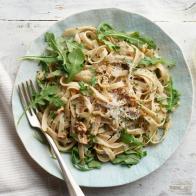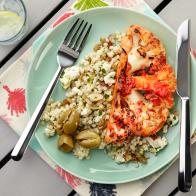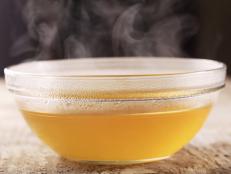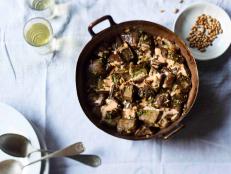1 / 16
Asafetida
Where you'll find it: Indian cuisine
What it is: A gum resin obtained from a large plant resembling fennel. Once dried it's sold either whole or in powdered form. Its flavor and aroma are unpleasantly pungent, but once briefly fried in oil it turns pleasantly onionlike.
How it's used: Asafetida appears in curries alongside other spices, sometimes as a component of curry powder. Asafetida can be strong, so less is more.










































